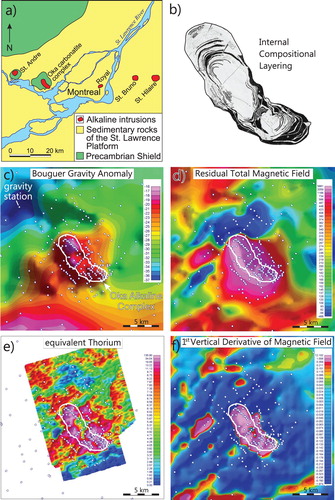Figures & data
Figure 1. Upper Fir dolomite carbonatite, British Columbia, Canada; slightly weathered surface; dolomite-brown, Na-amphibole – green, apatite – white. Coin for scale is 2 cm in diameter.
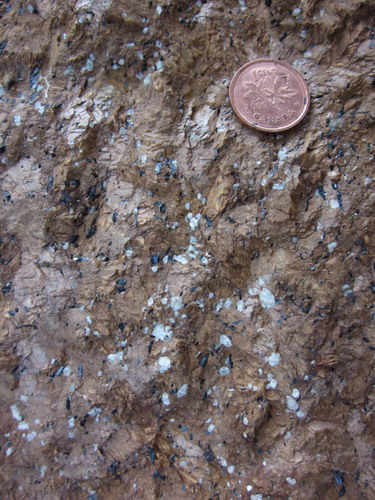
Figure 2. Carbonatite classifications according to (a) IUGS based on wt.% (Le Maitre Citation2002) and (b) Gittins and Harmer (Citation1997) based on molar proportions. C/CMF is the molar ratio of CaO/[CaO + MgO + FeO* + MnO]; FeO* expressed as molar FeO if both FeO and Fe2O3 are determined.
![Figure 2. Carbonatite classifications according to (a) IUGS based on wt.% (Le Maitre Citation2002) and (b) Gittins and Harmer (Citation1997) based on molar proportions. C/CMF is the molar ratio of CaO/[CaO + MgO + FeO* + MnO]; FeO* expressed as molar FeO if both FeO and Fe2O3 are determined.](/cms/asset/e1efca2a-9cd7-4f0f-afd9-e61669ada042/yaes_a_1516935_f0002_oc.jpg)
Figure 3. Tectonic setting of carbonatites and carbonatite complexes. Based on data from 527 carbonatites from Woolley and Bailey (Citation2012).
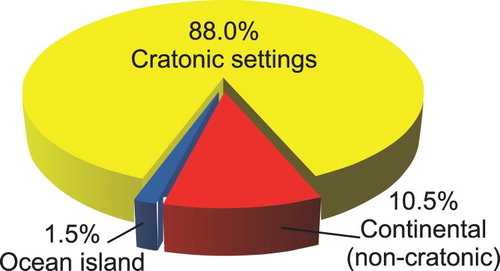
Figure 4. World map of carbonatite occurrences and their spatial relationship to Proterozoic and Archean rocks. Areas underlain by unsubdivided Proterozoic and Phanerozoic rock are not shown. Modified from Woolley and Kjarsgaard (Citation2008a).
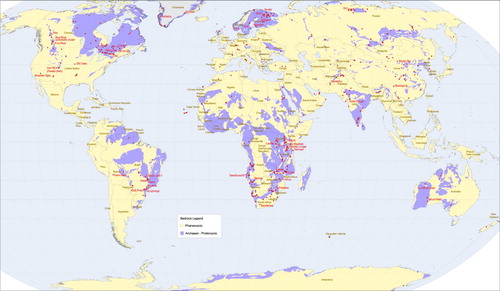
Figure 5. The frequency of all known carbonatite occurrences with isotopic ages decreases with time. With the exception of carbonatites younger than 150 Ma, the frequency of mineralised carbonatite occurrences shows a similar decrease. Figure based on data from Woolley and Kjarsgaard (Citation2008a), with minor updates.
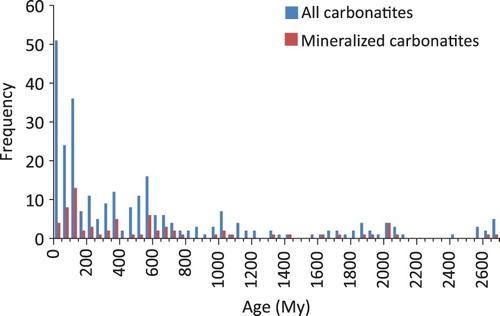
Figure 6. Temporal relationship between intensive carbonatite magmatism and main orogenic events in Ontario, Canada and southwest Quebec, Canada. Potassium–Ar dates on biotite and Sr–Rb dates on whole rock from Woolley and Bailey (Citation2012) and U–Pb dates on zircon and baddeleyite from Rukhlov and Bell (Citation2010). Age estimates for Grenville, Trans Hudson, and Kenoran orogenies from Tohver et al. (Citation2006), Corrigan et al. (Citation2009), and Moser et al. (Citation2008), respectively.
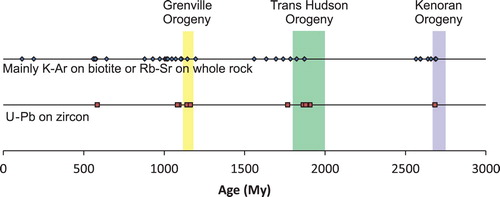
Figure 7. Phoscorite lenses and irregular pods (sensu Krasnova et al. Citation2004) consisting of magnetite with minor apatite, dolomite, and serpentine (possibly replacement of olivine) are enclosed in dolomite carbonatite, Aley carbonatite, British Columbia, Canada. Marker for scale measures 14 cm in length.
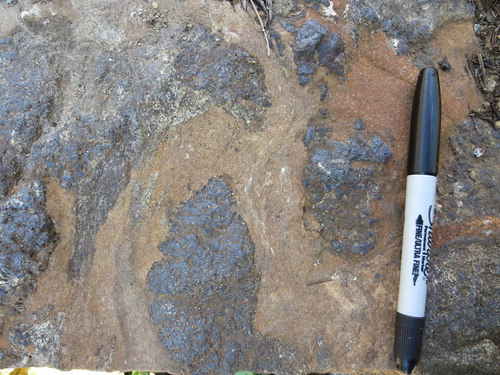
Figure 8. The average surface area of carbonatites is approximately 3 km2. In most cases, the carbonatites are surrounded by alkali silicate rocks, which are surrounded by a zone of fenitisation. If an explorationist recognizes the carbonatite, related silicate rocks (∼2 km2), and associated fenitised zone (∼5 km2), the target area increases to 10 km2. This figure is based on data from 26 carbonatite complexes, with surface areas varying from 0.01 to 78.5 km2, listed in .
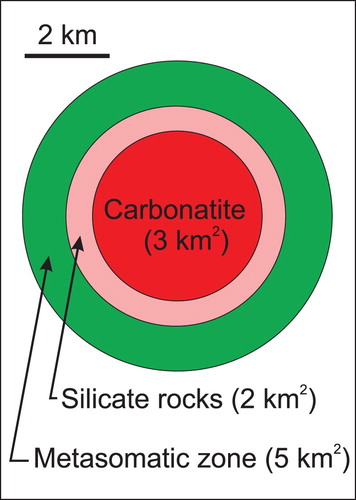
Table 1. Surface areas of selected carbonatite complexes in terms of carbonatite rocks, alkaline silicate rocks, and fenites.
Figure 9. Schematic representation of bi-metasomatic fenitisation-type interaction between carbonatite melt and related fluids with country rock. Direction of migration of elements is indicated by arrows. Minerals commonly observed in country rock affected by fenitisation-type metasomatism are listed.
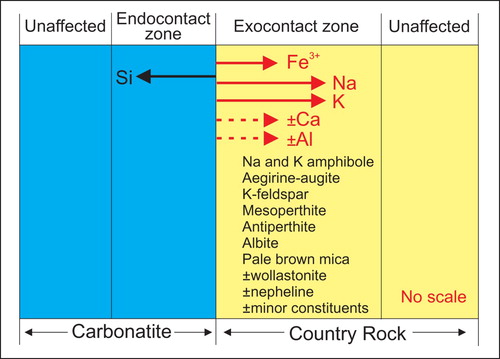
Figure 10. Nearly monomineralic, massive, K-feldspar-rich fenite locally observed at the contact of Lonnie carbonatite with metapelite country rock, British Columbia, Canada.
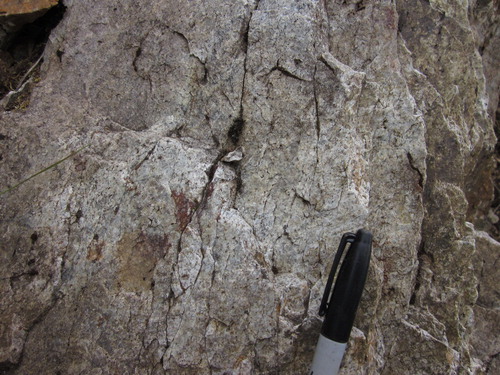
Figure 11. Green-blue rock consisting of Na-amphibole, Na-clinopyroxene, and feldspar produced by fenitisation-type metasomatism observed in contact with carbonatite (pale to medium brown, left upper corner of picture). The late centimeter-thick white vein, cutting green-blue rock, consists of calcite; Aley Nb deposit, British Columbia, Canada.
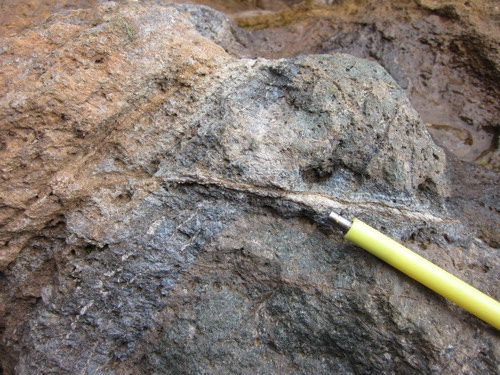
Figure 12. Variation in intensity of fenitisation-type metasomatism perpendicular to the strike of a 30 m thick carbonatite lens. Intensity of metasomatism decreases with increasing distance from calcite carbonatite contact, as recorded by disappearance of aegirine and Na-amphibole over the distance of approximately 25 m. Lonnie carbonatite, British Columbia, Canada.
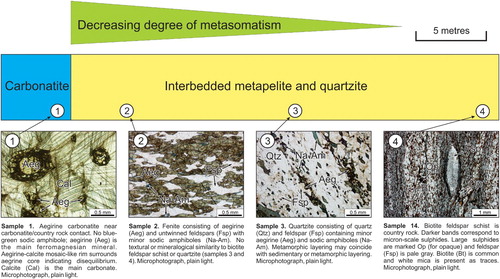
Figure 13. Morphology of carbonatite complexes as proposed by: (a) Garson and Smith (Citation1958); (b) Le Bas (Citation1987); and (c) Slightly modified from Sage and Watkinson (Citation1991) to show convex and concave nature of ring dikes and cone sheets, respectively. None of these models provides a complete picture; however, in combination these models provide a useful summary for exploration geologists.

Figure 14. Schematic three-dimensional presentation of relationship between magmatic chamber, ring dikes, radial dikes, cone sheets, and volcanic neck of a carbonatite complex.
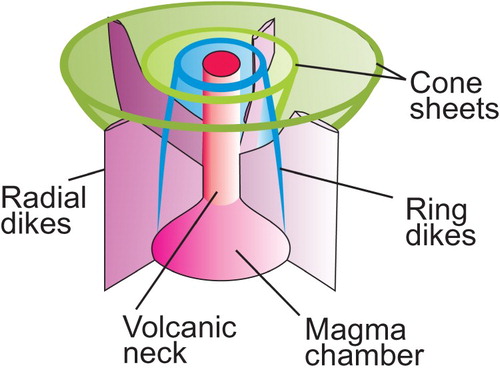
Figure 15. Morphology of the Upper Fir carbonatite, part of the Blue River carbonatite cluster, British Columbia, Canada shown in (a) vertical longitudinal section and (b) vertical cross-section perpendicular to longitudinal section [blue vertical line in (a)]. Metamorphosed carbonatites commonly appear concordant with lithological contacts and metamorphic layering within the country rock and are repeated by folding (simplified from Kulla and Hardy Citation2015).
![Figure 15. Morphology of the Upper Fir carbonatite, part of the Blue River carbonatite cluster, British Columbia, Canada shown in (a) vertical longitudinal section and (b) vertical cross-section perpendicular to longitudinal section [blue vertical line in (a)]. Metamorphosed carbonatites commonly appear concordant with lithological contacts and metamorphic layering within the country rock and are repeated by folding (simplified from Kulla and Hardy Citation2015).](/cms/asset/f381ba8e-ac01-4278-9e6e-349664a5c140/yaes_a_1516935_f0015_oc.jpg)
Figure 16. Folds within dolomite carbonatite highlighted by white apatite-rich layers; Aley Carbonatite, British Columbia, Canada.
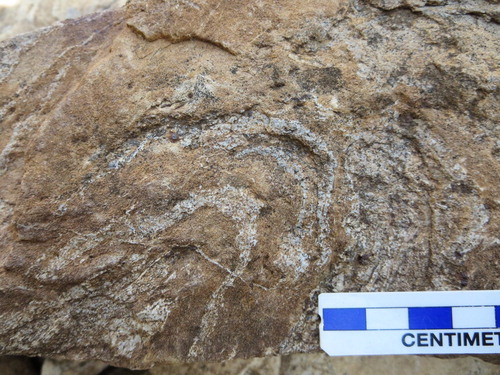
Figure 17. Chondrite-normalised REE plot of representative samples from Aley cabonatite (Nb-deposit) and Wicheeda carbonatite (REE-deposit), British Columbia, Canada, and field of unmineralised carbonatites from Hornig-Kjarsgaard (Citation1998).
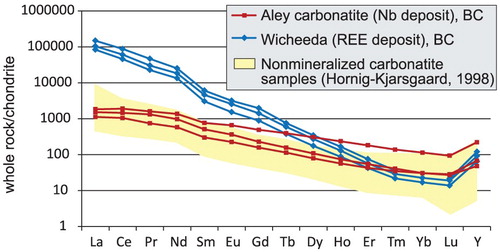
Figure 18. The [Sr + Ba] to [REE + Y] discriminative bivariate plot is one of the criteria recommended to distinguish carbonatites from marbles derived from carbonate sedimentary rocks (Samoilov Citation1991).
![Figure 18. The [Sr + Ba] to [REE + Y] discriminative bivariate plot is one of the criteria recommended to distinguish carbonatites from marbles derived from carbonate sedimentary rocks (Samoilov Citation1991).](/cms/asset/f938b0d9-69bf-489c-a6db-c5f676b87fe8/yaes_a_1516935_f0018_oc.jpg)
Figure 19. δ18O and δ13C plots showing: (a) Composition of primary igneous carbonatites, fractional crystallisation and meteoric water alteration trends, and composition of Phanerozoic sedimentary carbonates and carbonates in clastic sedimentary rocks; and (b) Compositional fields of European, Greenland, South American, Indian, African, and Kola peninsula carbonatites. Compositional fields corresponding to African and Indian carbonatites are elongated along the trend representing alteration by interaction with meteoric water. The Kola Peninsula carbonatite field follows the trend representing fractional crystallisation. Chondrite value from McDonough and Sun (Citation1995Citation Citation Citation Citation Citation Citation Citation Citation).
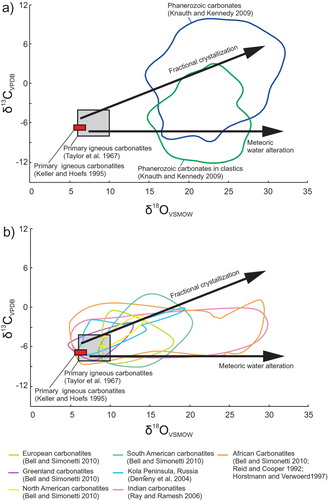
Figure 20. Vertical section of a hypothetical carbonatite mineralising system displaying the relationship between metallic and industrial mineral deposits relative to lithological units and geological contacts. The ‘distal’ carbo-hydrothermal fluid-related mineralisation or hydrothermally remobilised mineralisation (away from alkaline-carbonatite complex) and residual deposits within weathered crust above the carbonatite complex are also highlighted. Bi – biotite, Px- pyroxene. Modified from Laznicka (Citation2006).
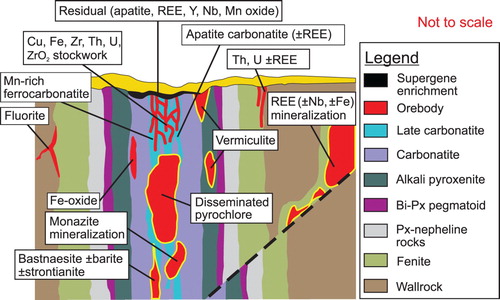
Figure 21. Examples of main REE and Nb minerals and their concentrates; (a) Mixture of monazite [(Ce,La,Nd,Th)PO4] and bastnaesite [(Ce, La)(CO3)F] forms orange-brown fracture fillings in dolomite carbonatite; pen for scale; Wicheeda Lake prospect, British Columbia, Canada. (b) Bastnaesite concentrate containing 60–65 wt.% rare earth element oxides (REO), Mountain Pass carbonatite, California, USA; scale in millimetres. (c) Pyrochlore crystal [(Na,Ca)2Nb2O6(OH,F)] from the Upper Fir carbonatite, British Columbia, Canada; scale in millimetres (d) Pyrochlore concentrate, Niobec Mine, Quebec, Canada; scale in millimetres.
![Figure 21. Examples of main REE and Nb minerals and their concentrates; (a) Mixture of monazite [(Ce,La,Nd,Th)PO4] and bastnaesite [(Ce, La)(CO3)F] forms orange-brown fracture fillings in dolomite carbonatite; pen for scale; Wicheeda Lake prospect, British Columbia, Canada. (b) Bastnaesite concentrate containing 60–65 wt.% rare earth element oxides (REO), Mountain Pass carbonatite, California, USA; scale in millimetres. (c) Pyrochlore crystal [(Na,Ca)2Nb2O6(OH,F)] from the Upper Fir carbonatite, British Columbia, Canada; scale in millimetres (d) Pyrochlore concentrate, Niobec Mine, Quebec, Canada; scale in millimetres.](/cms/asset/2f0e7e77-34c3-4614-9c1f-c8c132cee0b4/yaes_a_1516935_f0021_oc.jpg)
Figure 22. Grade and tonnage of REE-bearing deposits associated with carbonatite complexes in terms of (a) Total REO (TREO) and (b) Heavy REO (HREO) relative to pegmatites, peralkaline complexes, and rare element granites. Updated from Simandl (Citation2014).
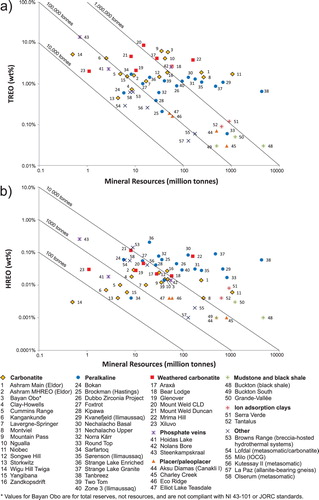
Figure 23. Grade and tonnage of (a) Nb and (b) Ta deposits associated with carbonatite complexes relative to pegmatites, peralkaline complexes, and rare element granites. Diagonal lines indicate tonnage of contained Nb2O5 and Ta2O5. From Simandl et al. (Citation2018). Most grade and tonnage references are available in Mackay and Simandl (Citation2014a). Abbreviations: (HR) hard rock ore, (W) weathered ore, (HR+W) hard rock and weathered ore combined.
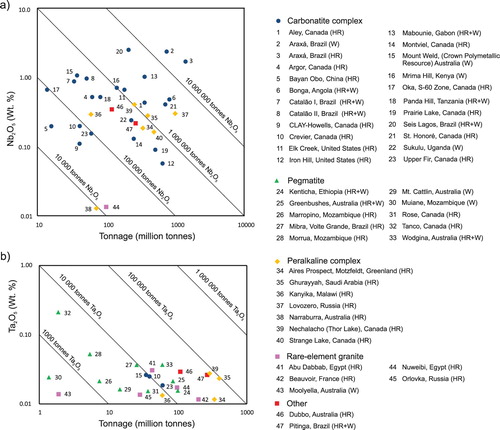
Figure 24. Oka carbonatite complex, Quebec, Canada (a) Geological setting, (b) Internal compositional rings, (c) Bouger gravity anomaly, (d) Residual total magnetic field, (e) Equivalent thorium, and (f) First derivative of magnetic field. Modified from Thomas et al. (Citation2016).
